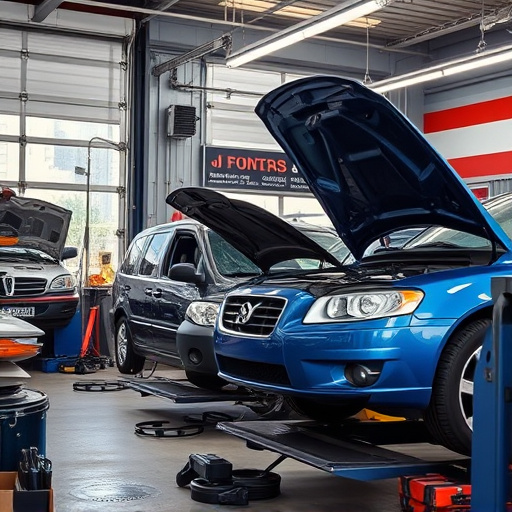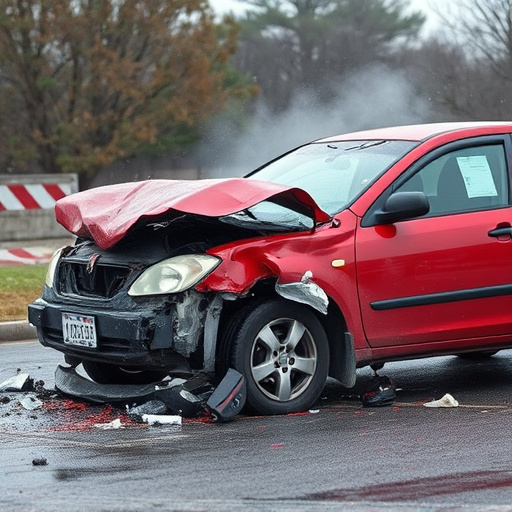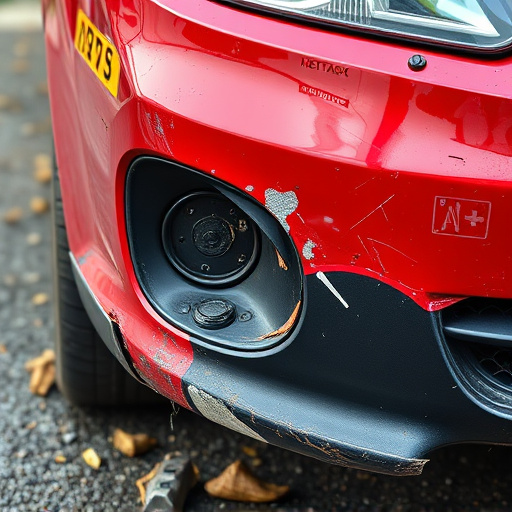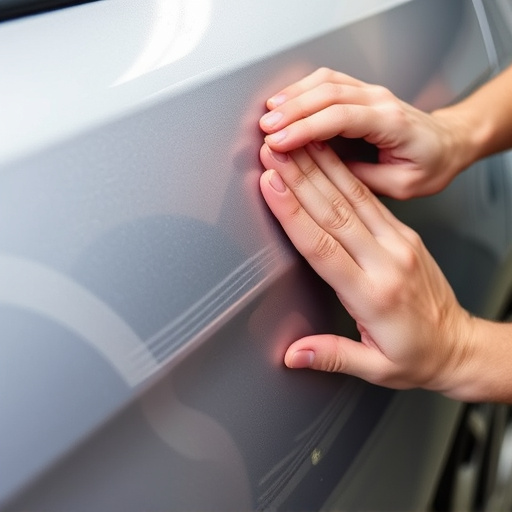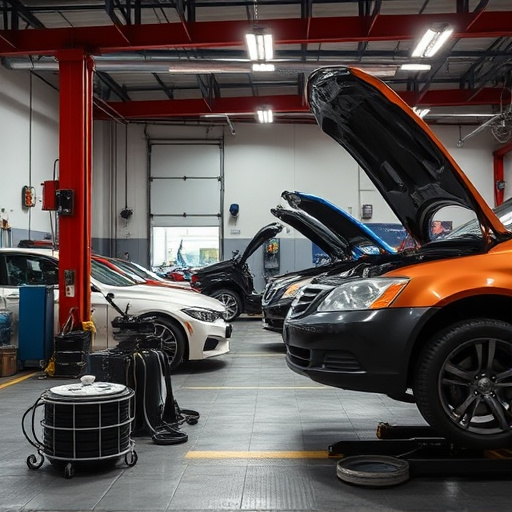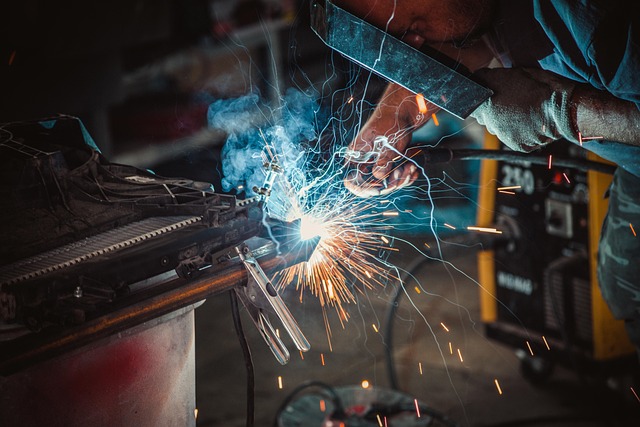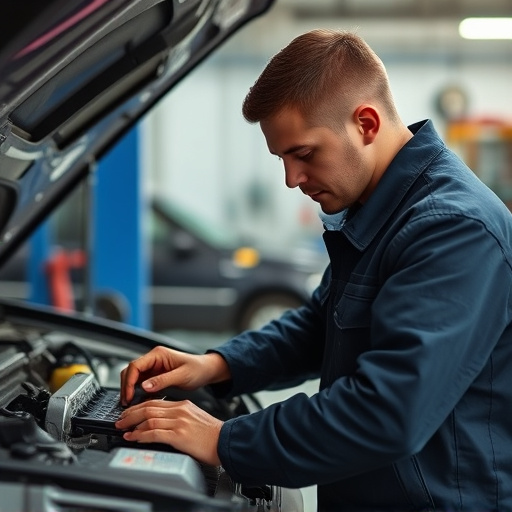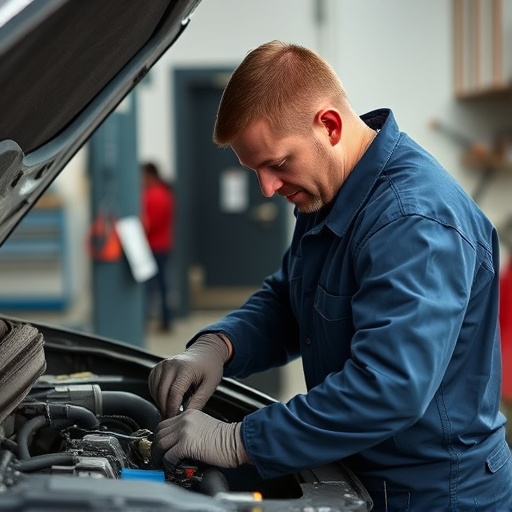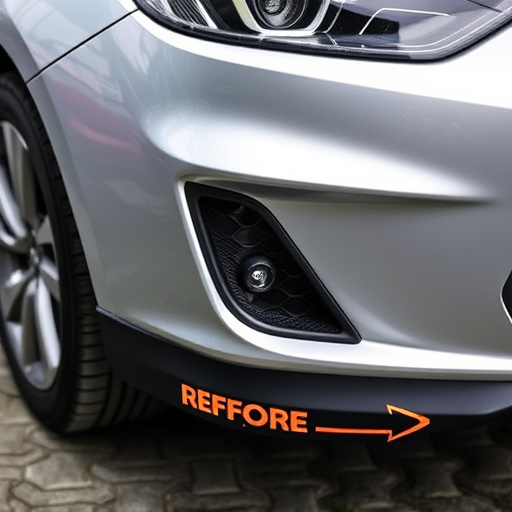Structural integrity restoration is crucial for fixing vehicle damage from accidents or disasters. Insurance companies facilitate claims, assess issues, and coordinate repairs, with policies offering comprehensive coverage for various structural damages. Reviewing contracts is essential to understand covered types, required documentation, and specialized coverages like seismic or flood damage. Effective communication with providers and engaging reputable repair centers simplifies the process, ensuring fair compensation for structural integrity restoration.
“Uncover the intricacies of insurance coverage for structural integrity restoration claims in this comprehensive guide. With natural disasters and aging infrastructure on the rise, understanding these processes is vital for property owners. We demystify ‘structural integrity restoration’ and how it’s defined by insurance policies. Learn the step-by-step claims process to ensure you receive adequate compensation for essential repairs. From assessing damage to final settlement, this article provides insights to navigate these complex scenarios effectively.”
- Understanding Structural Integrity Restoration Claims
- How Insurance Policies Define and Cover These Claims
- Navigating the Claims Process for Optimal Compensation
Understanding Structural Integrity Restoration Claims
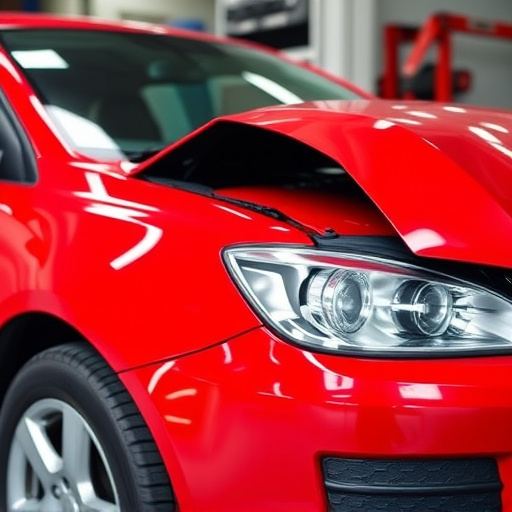
Structural integrity restoration claims refer to the process of repairing or replacing significant structural components of a vehicle that have been damaged due to accidents, natural disasters, or other incidents. These claims are crucial for ensuring the safety and longevity of vehicles, whether it’s a classic Mercedes-Benz repair or a more modern car body repair. When a vehicle undergoes a severe collision or is exposed to extreme conditions, its structural integrity can be compromised, affecting its overall performance and safety features.
In the event of such damage, insurance companies step in to facilitate the restoration process. They assess the extent of the structural issues and determine the necessary repairs, which could range from frame straightening to complete body panel replacement. Vehicle collision repair experts play a vital role here, as they possess the skills and tools to accurately gauge and rectify structural defects. By addressing these claims promptly and effectively, insurance providers help vehicle owners get their rides back on the road while maintaining safety standards, be it for a car body repair or more complex Mercedes-Benz repair cases.
How Insurance Policies Define and Cover These Claims
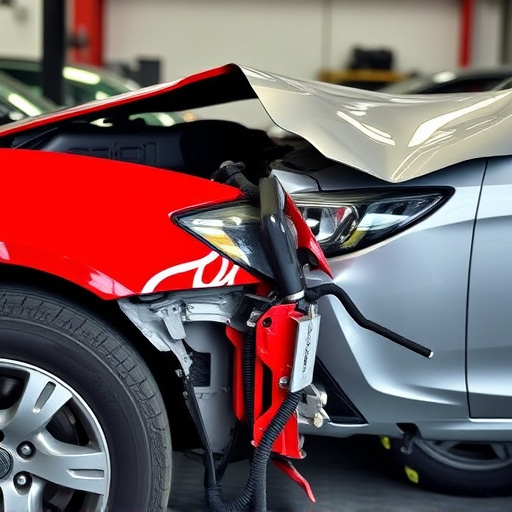
Insurance policies play a pivotal role in defining and covering structural integrity restoration claims, ensuring that homeowners and businesses can effectively address significant structural damage. These policies typically outline specific exclusions and inclusions related to structural repairs, such as those arising from natural disasters, accidents, or intentional acts. When it comes to structural integrity restoration, insurance coverage often includes repairs or replacements of essential components like walls, floors, roofs, and foundations that support the overall stability of a structure.
Policyholders should carefully review their insurance contracts to understand what is covered under structural integrity restoration provisions. Many policies provide comprehensive coverage for these claims, including materials and labor costs associated with repairing or replacing damaged structural elements. This can range from addressing minor issues like cracks in walls to major disasters requiring complete rebuilding. Additionally, some insurers offer specialized coverage for specific risks, such as seismic activity or flood damage, ensuring that policyholders are protected against a wide array of potential structural integrity concerns, including those related to automotive collision repair and body shop services.
Navigating the Claims Process for Optimal Compensation
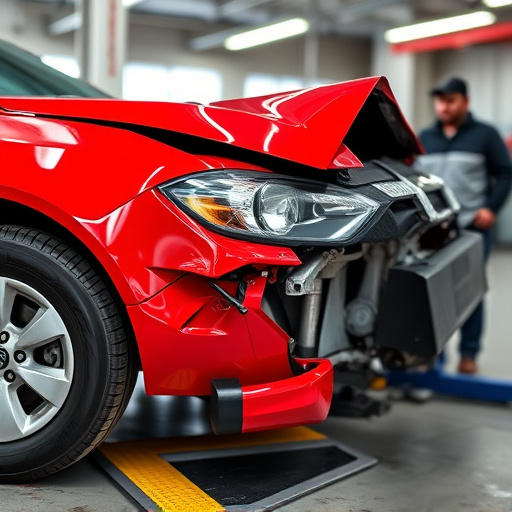
Navigating the claims process for optimal compensation is a crucial step in ensuring that your structural integrity restoration efforts are fully covered by insurance. It’s important to understand that each insurance policy has its unique terms, conditions, and exclusions, so the first step is to thoroughly review your policy with your insurance provider. This includes identifying what types of damage are covered under structural integrity restoration provisions, as well as any necessary documentation or proof required to support your claim.
Effective communication is key throughout this process. When filing a claim for structural integrity restoration, whether it’s related to a natural disaster, accident, or other incident, be prepared to provide detailed information about the damage, estimated repair costs, and timeframes. Engaging with a reputable auto repair shop or collision repair center can also aid in simplifying the claims process, as these professionals are experienced in navigating insurance requirements and can advocate for your interests to secure fair compensation for structural integrity restoration work.
Structural integrity restoration claims are crucial for ensuring buildings maintain their safety and value. By understanding how insurance policies define and cover these claims, property owners can navigate the claims process effectively. This allows them to secure optimal compensation for necessary repairs, promoting a robust and resilient built environment. Remember that, in terms of structural integrity restoration, proactive communication with insurers and meticulous documentation are key to a successful outcome.
